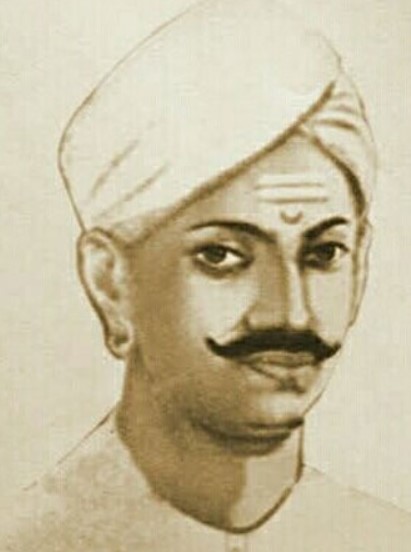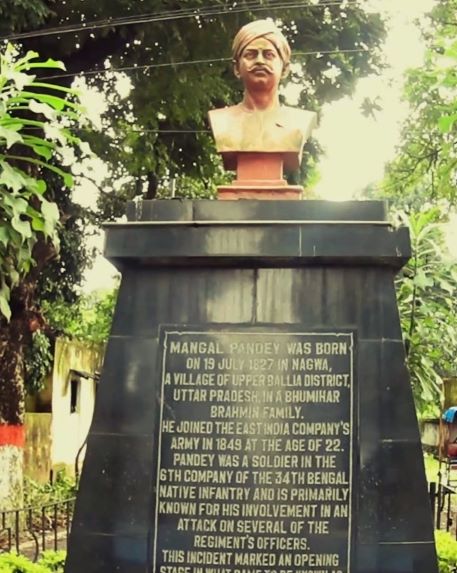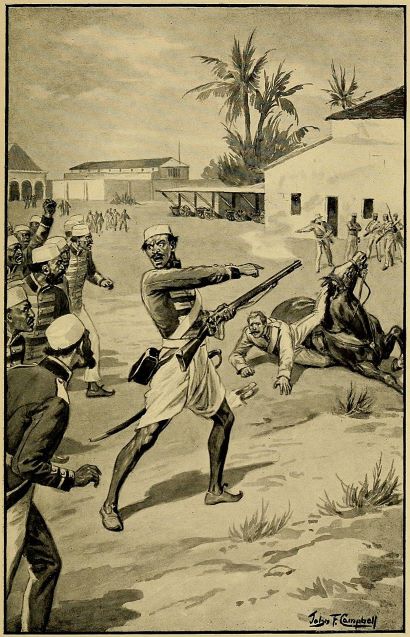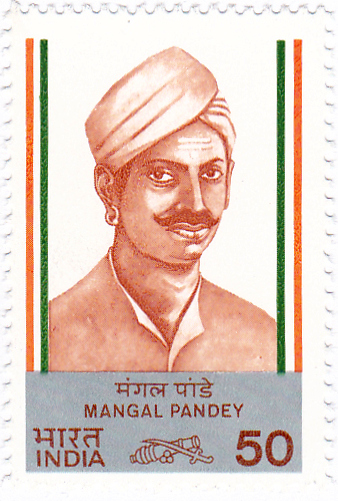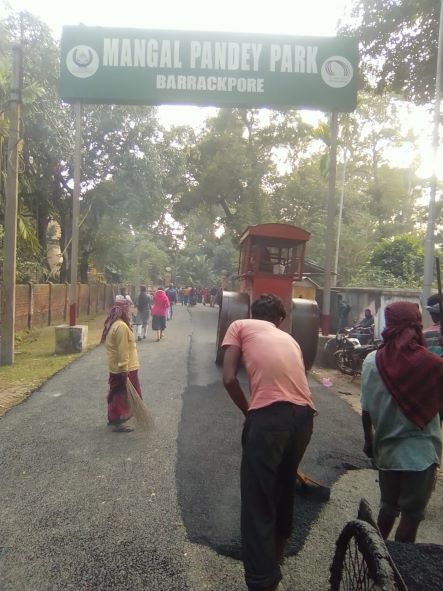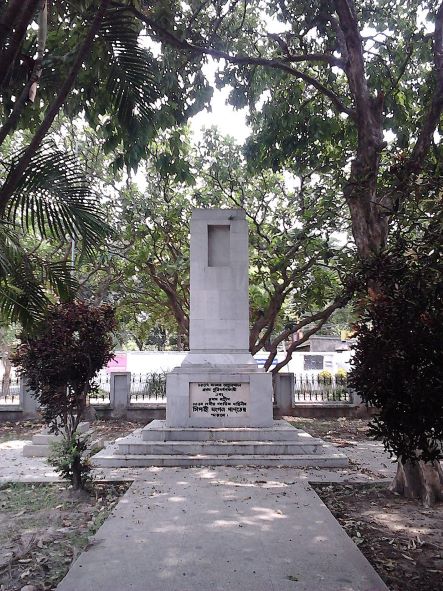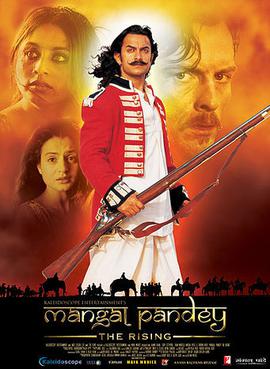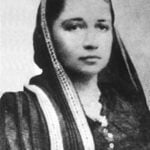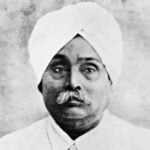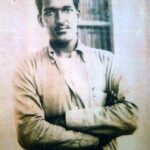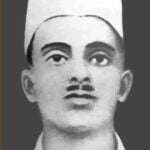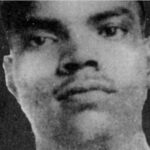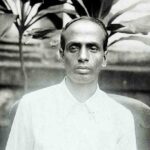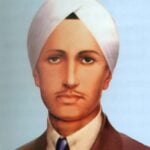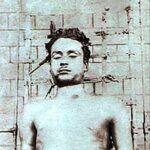Mangal Pandey Age, Death, Wife, Family, Biography & More
Quick Info→
Father: Diwakar Pandey
Mother: Abhay Rani
Age: 30 Years
| Bio/Wiki | |
|---|---|
| Profession | Soldier |
| Famous for | Playing a key role in the outbreak of the Indian rebellion of 1857 |
| Physical Stats & More | |
| Eye Colour | Black |
| Hair Colour | Black |
| Military Career | |
| Allegiance | East India Company |
| Service/branch | Bengal Army |
| Years of service | 1849-1857 |
| Rank | Sepoy |
| Unit | 34th Regiment of Bengal Native Infantry |
| Personal Life | |
| Date of Birth | 19 July 1827 (Thursday) |
| Birthplace | Nagwa, Ballia district, Ceded and Conquered Provinces, Company India |
| Date of Death | 8 April 1857 |
| Place of Death | Barrackpore, Calcutta, Bengal Province, Company India |
| Age (at the time of death) | 30 Years |
| Death Cause | Execution by hanging [1]The Free Press Journal |
| Zodiac sign | Cancer |
| Nationality | British Indian |
| Hometown | Nagwa, Ballia district, Ceded and Conquered Provinces, Company India |
| Religion | Hinduism |
| Caste | Brahmin |
| Relationships & More | |
| Marital Status (at the time of death) | Unmarried [2]DNA |
| Family | |
| Wife/Spouse | N/A |
| Parents | Father- Diwakar Pandey (peasant) Mother- Abhay Rani |
| Siblings | Mangal Pandey's sister died in the famine of 1830. [3]School Chalao |
Some Lesser Known Facts About Mangal Pandey
- Mangal Pandey was a British-Indian soldier who is considered a crucial link to the outbreak of the Indian rebellion of 1857 against colonial rule in India. He was in Bengal Army as a sepoy (infantryman) in the 34th Bengal Native Infantry (BNI) regiment of the British East India Company.
- In 1849, Mangal Pandy joined the Bengal Army as a private soldier in the 5th Company of the 34th Bengal Native Infantry. On 29 March 1857, the adjutant of the 34th Bengal Native Infantry, Lieutenant Baugh, who was posted at the Barrackpore, received information that several men of his regiment were rebelling against the British government. One of the army men named Mangal Pandey was pointing to the regiment’s guard room with a loaded musket and was threatening to shoot the Europeans along with calling upon the other army men to revolt. Reportedly, the enquiry records stated that at that time Mangal Pandy was intoxicated with the narcotic Bhang, and he snatched the weapons and moved towards the quarter-guard building.
- Soon after receiving the information, Baugh immediately galloped on his horse along with loaded arms. Panday was also ready to counterattack and stationed his gun towards Baugh and fired, which made Baugh fall from his horse. However, Baugh quickly stood again while seizing one of his pistols and started firing at Mangal Pandey. On the other side, Pandey started counterattacking Baugh with a heavy Indian sword. Soon, Hewson, a British Sergeant arrived at the parade ground and ordered the Indian officer in command of the quarter-guard Jemadar Ishwari Prasad to detain Mangal Pandey following which Pandey started firing. When Pandey was fighting with Baugh, Hewson moved toward Pandey and tried to capture him. But, Pandey knocked Hewson to the ground. Other sepoys gather around them after listening to the sound of firing, but they did not intervene and remained mute. During the fight, Shaikh Paltu, a British soldier, entered the scene and tried to rescue the two English policemen. The spectator sepoys started throwing stones and shoes at Paltu’s back. Shaikh Paltu called the guard for help but the soldiers threatened him to shoot if he would not leave Pandey.
- The commanding officer, General Hearsey, was informed about the incident in the meantime, and Hearsey reached the ground with his two officers. On reaching the ground, he ordered his two comrades to seize Mangal Pandey and also threatened everyone that if anyone would try to disobey, he would shoot him. His orders were followed by his two men, and they started following Mangal Pandey. The muzzle of the musket was put to his own chest by Mangal Pandey, and then he pressed its trigger with his foot. This put his regimental jacket on fire, and he started bleeding.
- Later, within a week after the Barrackpore event, when Mangal Pandey recovered from his wounds, he was put in court trials. In his statements, he told the court that nobody encouraged him to rebel against the Britishers, and he revolted on his own accord. He also stated that he had been under the influence of an intoxicating substance. The British government sentenced Mangal Pandey to death along with Ishwari Prasad who ordered the Sikh members of the quarter-guard not to arrest Pandey. On 8 April 1857, he was executed, while Jemadar Ishwari Prasad was hanged on 21 April.
- Mangal Pandey’s motive behind the revolt remains unclear and doubtful. When he was fighting with the British personnel in Barrackpore, he was heard shouting,
come out – the Europeans are here”; “from biting these cartridges we shall become infidels” and “you sent me out here, why don’t you follow me.”
However, during the court trials, he stated that he was under the influence of intoxicating substances like Bhang and opium, and was not aware of his actions on 29 March 1857.
- Reportedly, there were several reasons that caused mistrust and revolt among the Bengal Army immediately before Mangal Pandey’s mutiny. It was rumoured that in the Enfield P-53 rifle, a new type of bullet cartridge was used, which was thought to be greased with the fat of cows and pigs, and at that time, the consumption of cows and pigs was restricted by Hindus and Muslims, respectively. The soldiers had to bite one end of the cartridges before using it. It was the opinion of some Indian soldiers in the British regiments that the greasing of animal fat on the cartridges was an intentional act of the Britishers so that they could harm the sentiments of the Indians in the name of religion.
- In his remembrance and to honour his sacrifices for the freedom of India from colonial rule, the Government of India issued a postal stamp in 1984.
- Mangal Pandey’s hanging was scheduled for 18 April 1857; however, it was preponed by the British government on 8 April 1857 without any prior notice.
- Later, a memorial titled ‘Shaheed Mangal Pandey Maha Udyan’ was established by the Government of India at the place where Mangal Pandey challenged the British personnel.
- Apparently, Mangal Pandey’s rebellion was termed as his fight for the Dharma as he belonged to the Bhumihar Brahmin community.
- The revolt against the British rule that Mangal Pandey initiated in Barrackpore soon started spreading to Meerut, Delhi, Cawnpore, and Lucknow.
- After Mangal Pandey’s revolt, the Indian soldiers in the British army were allowed to use another form of greasing in cartridges, and this proposal was sent by Major-General Hearsay to Lord Canning, who later sanctioned the same.
- The confidence in the British East India Company and its ruling power started weakening in India soon after the rebellious act of Mangal Pandey, and the rule was soon shifted to the hands of Queen Victoria.
- In 2005, a film titled Mangal Pandey – The Rising was released. Bollywood actor Aamir Khan portrayed Mangal Pandey in the film.
References/Sources:

